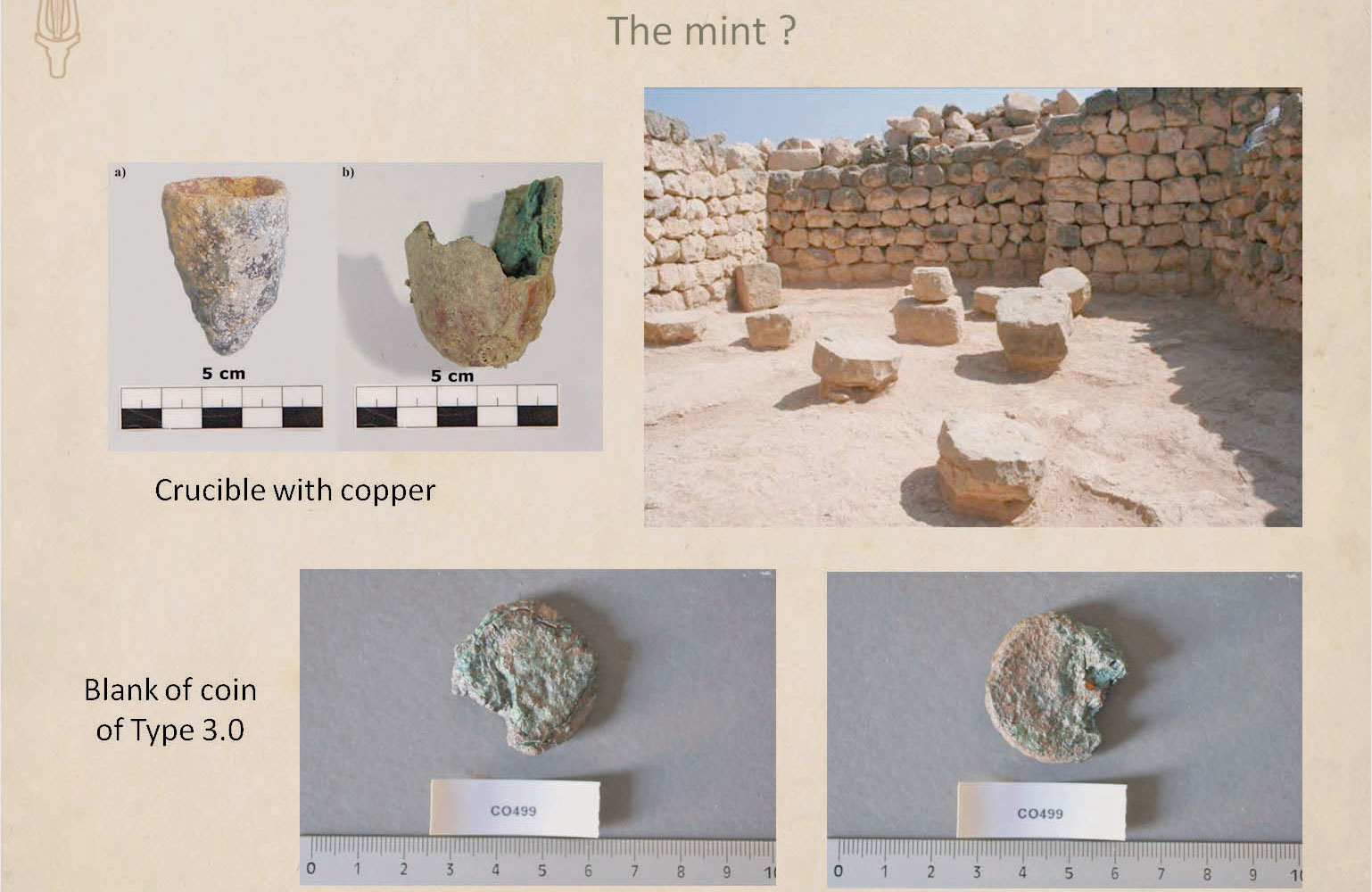

Salalah, Jan 29 - Coins discovered at Samharam archaeological site indicate the ancient city of Oman was not only an important trade centre in the region, but it also had a well-established economic system, including a mint.
Prof Alessandra Avanzini of University of Pisa, Italy, who has conducted an extensive study on Samharam, is convinced the findings of coins suggest there was a mint.
“Discovery of many coins, including blanks, suggest there was even a mint with limited metalworking,” she said.
According to Laura Chiarantini and Marco Benvenuti, Samharam, which is referred to as ‘Khor Rori’ by locals, could have played a major role in the evolution of coinage system in south Arabia. “Most of the investigated coins, which were minted between 4th Century BC and 3rd Century AD, came from Samharam (Khor Rori, southern Oman),” said Chiarantini and Benvenuti, while doing a metallurgical analysis of coins excavated in Samharam.
Some melting crucibles found at Samharam have been examined in an attempt to make a comparison with the coins’ composition and to test the hypothesis that they were used for minting operations.
Prof Alessandra is convinced about the ancient Samharam’s urban and cosmopolitan character, which was based mainly on economic activities. She finds her engagement with the archaeological site very interesting and asserts that finding of an ancient port city only 36 km from the modern city of Salalah, reveals a lot. “The findings are amazing, so are the speculations about ancient port city’s global reach and volume of trade. It is now certain Samharam was not a small trading or military outpost lying on the margins of South Arabian civilisation. It was a relatively small city surrounded by strong fortifications; the area within the walls would not have exceeded 7,000 square metres. It had temples, private and public buildings, a vast warehouse district, impressive fortifications, a necropolis, and busy artisan quarters within the city walls, and fertile fields and orchards outside the city limits,” she asserts.
Samharam, according to her, was founded at the end of the 3rd Century BC and was not definitively abandoned until sometime during the 5th Century AD.
Initially, there was doubt among early researchers about the functional purpose of the two rooms that supposedly served as mint, but they were also convinced they served either as storages or a sort of working rooms where counting or similar fiscal practice took place.
Oman Observer is now on the WhatsApp channel. Click here



